Khao-I-Dang Holding Center (Thai: เขาอีด่าง, Khmer: ខាវអ៊ីដាង) was a Cambodian refugee camp 20 km north of Aranyaprathet in Prachinburi (now Sa Kaeo) Province of Thailand. The most enduring refugee camp on the Thai-Cambodian border, it was established in late-1979 and administered by the Thai Interior Ministry and the United Nations High Commissioner for Refugees (UNHCR), unlike other camps on the border, which were administered by a coalition made up of UNICEF, the World Food Program, International Committee of the Red Cross (ICRC) (briefly), and after 1982, the United Nations Border Relief Operation (UNBRO).
On 19 October 1979, Thai Prime Minister Kriangsak Chomanan enacted an “open door” policy which permitted Cambodian refugees to cross the border safely and to reside in specific locations. Khao-I-Dang (known to aid agencies as KID) was intended to serve as a temporary holding center for refugees who would either be repatriated to Cambodia or expatriated to third countries. On the first day 4,800 people arrived and by 31 December there were 84,800.Between November 1979 and the end of January 1980 an average of 1,600 refugees arrived in the camp each day. Thailand’s open door policy was abruptly ended on 24 January 1980 and KID was closed to new arrivals.
Originally planned to hold 300,000 refugees, the population eventually reached 160,000 in March 1980.
The camp finally closed on 3 March 1993 during the UNTAC operation when all remaining residents were moved to Site Two Refugee Camp to await repatriation to Cambodia.
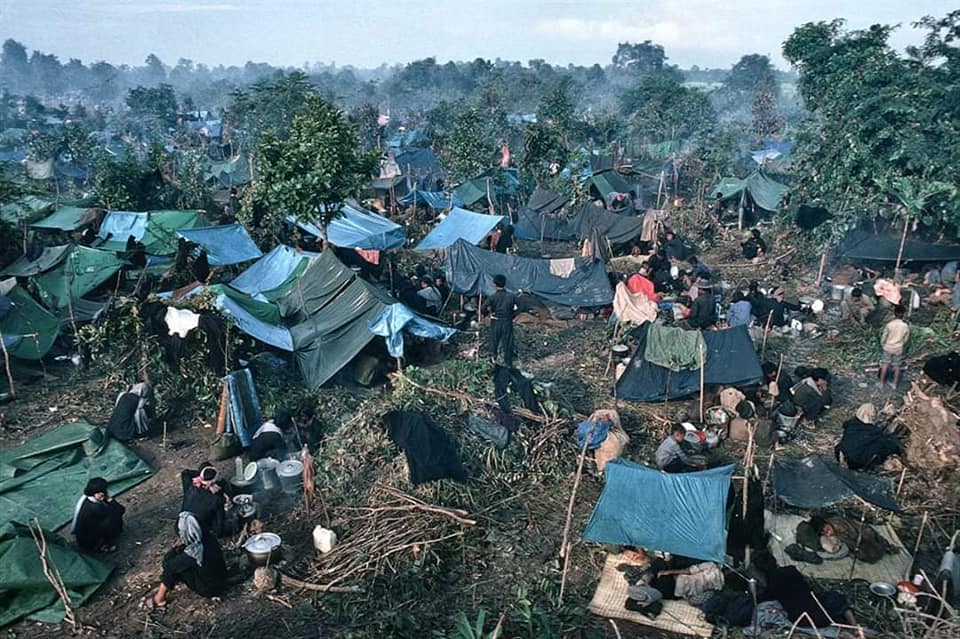
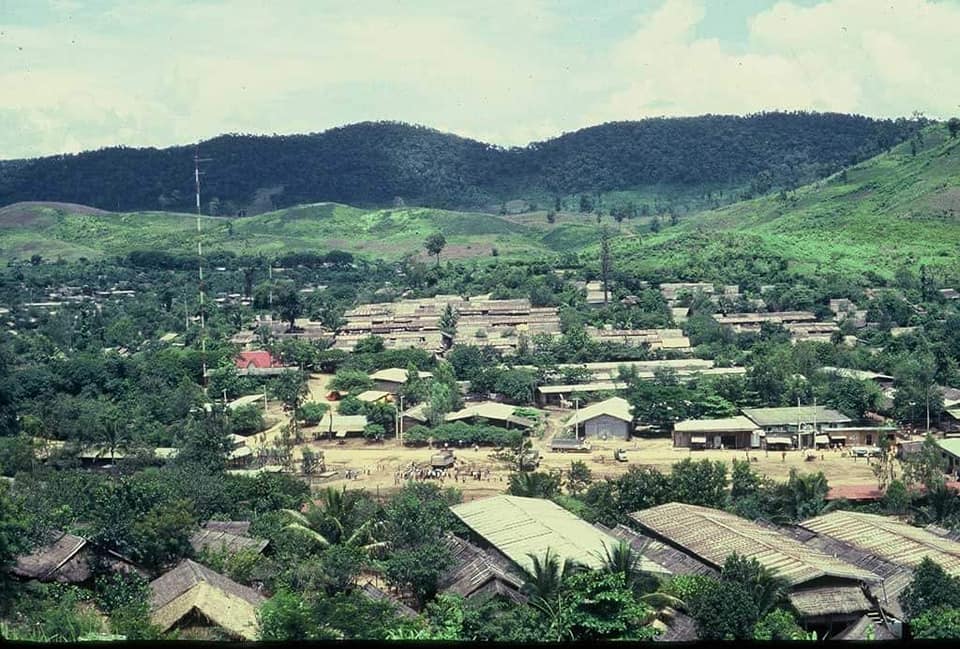


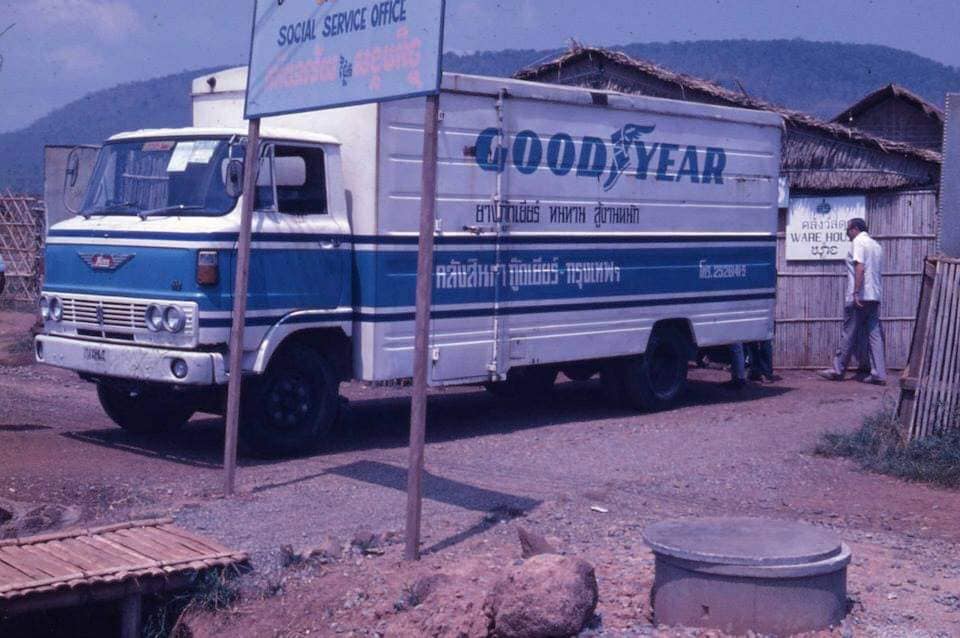
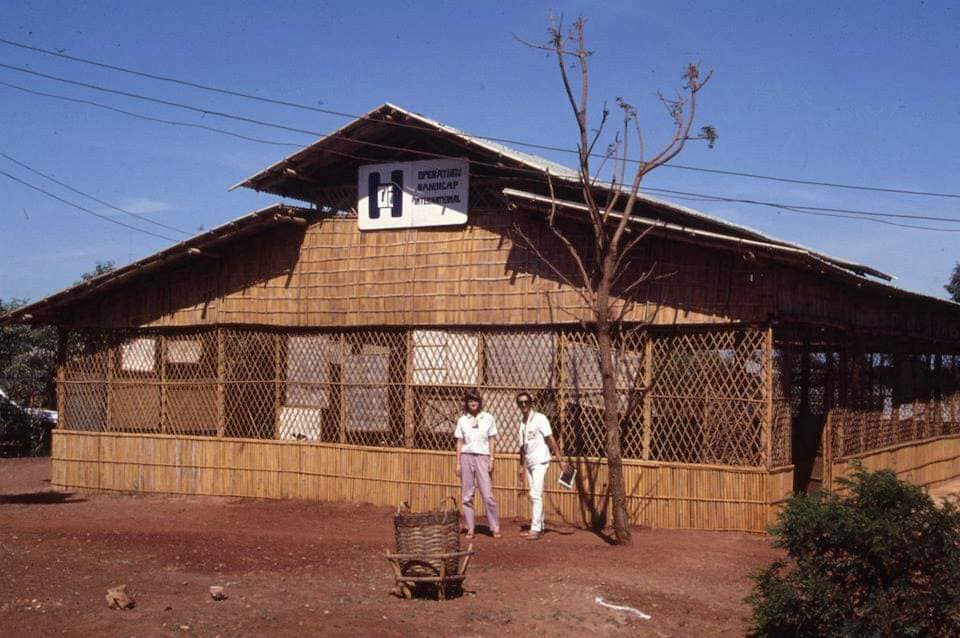
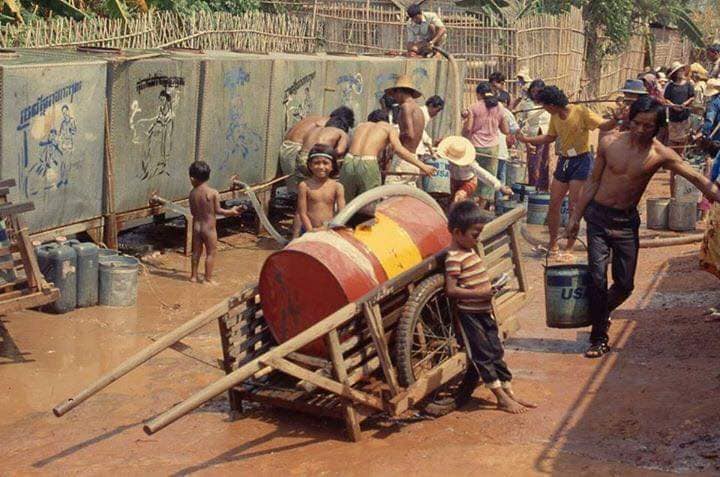
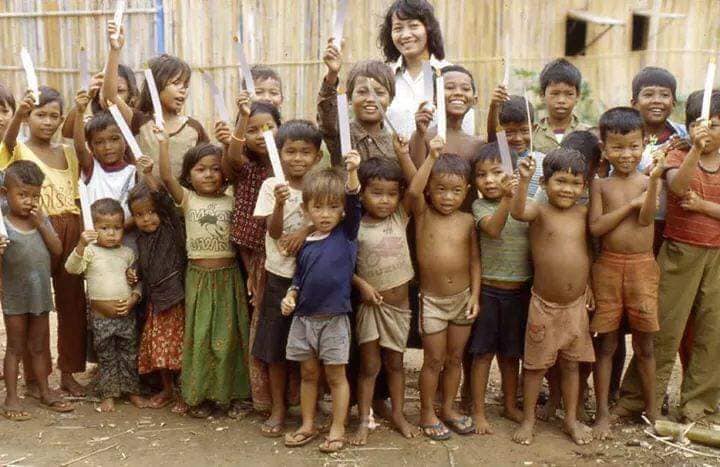
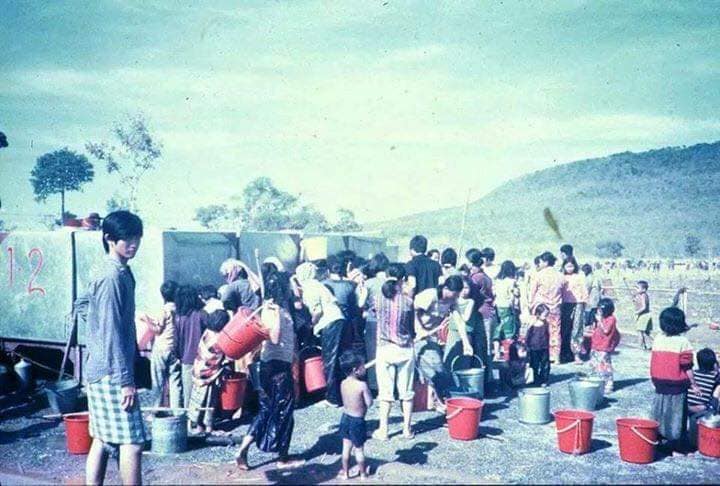
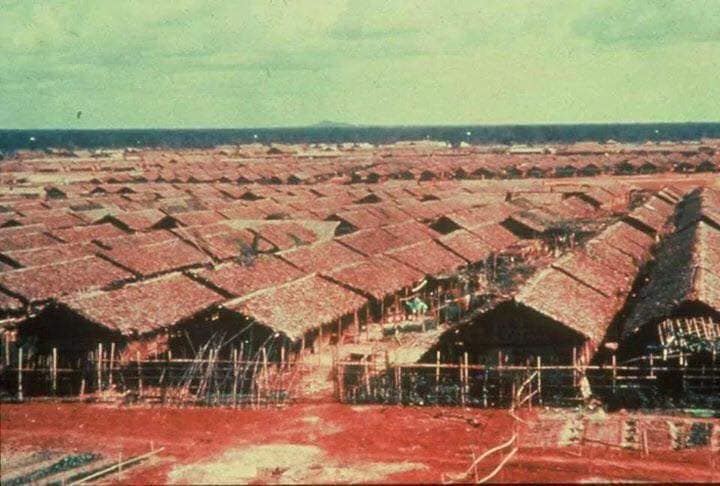

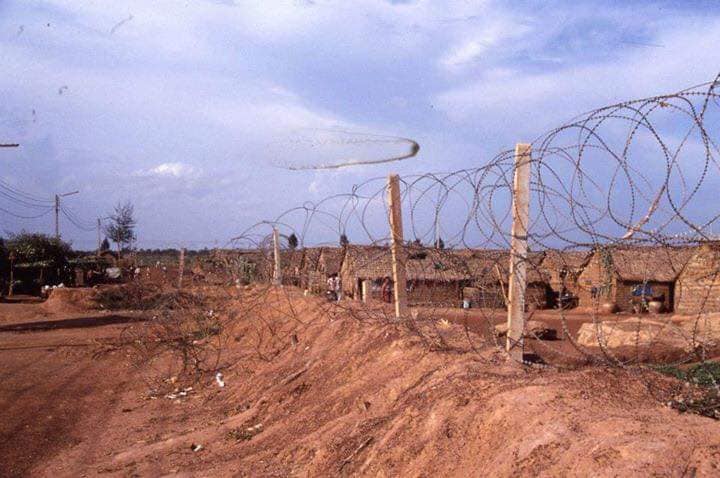
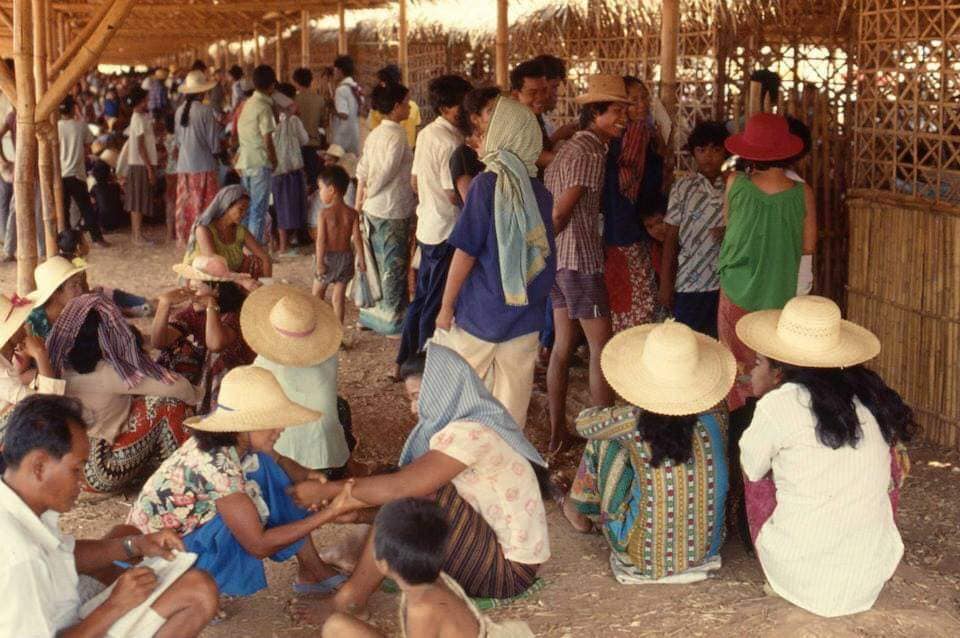
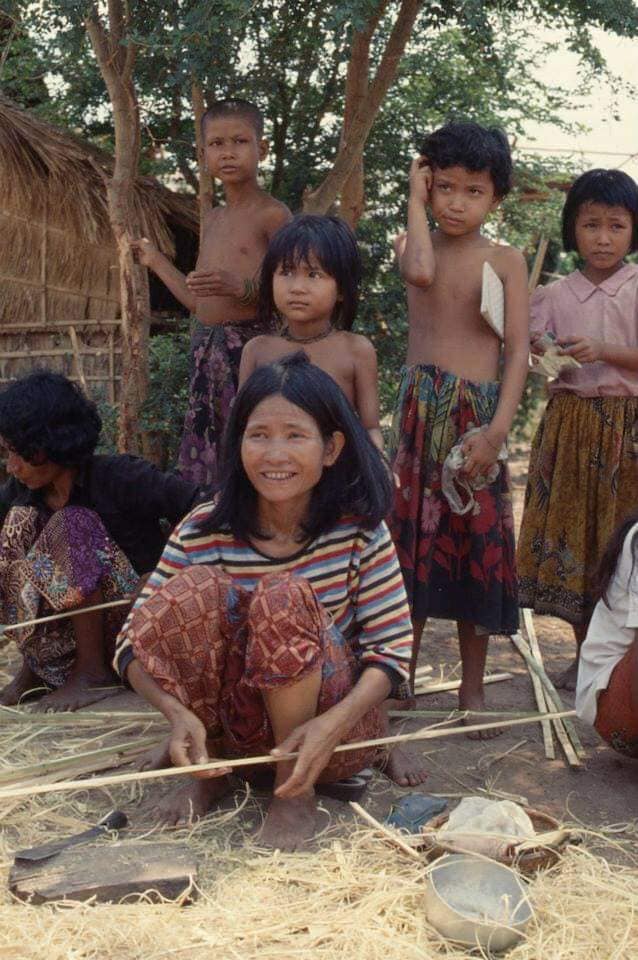

Photos from areyakthorkhmer

3 thoughts on “Khao-I-Dang Holding Center 1979-1993”